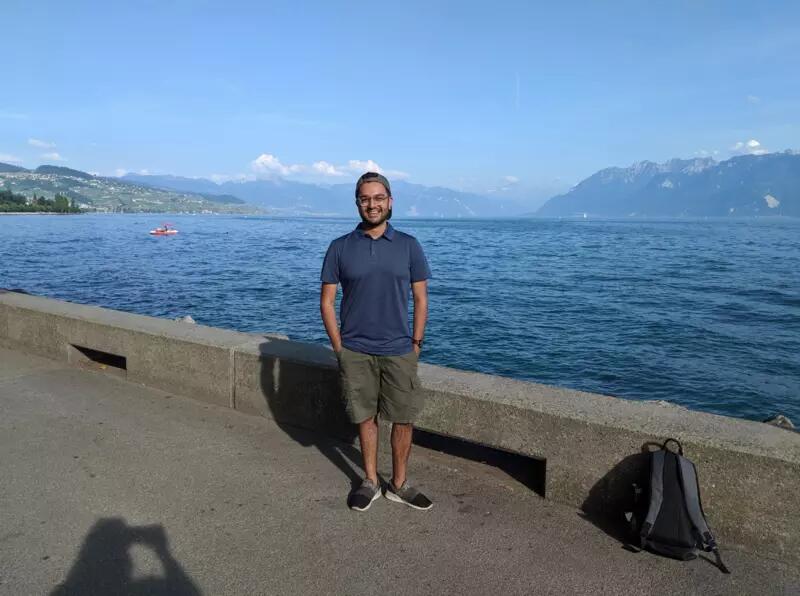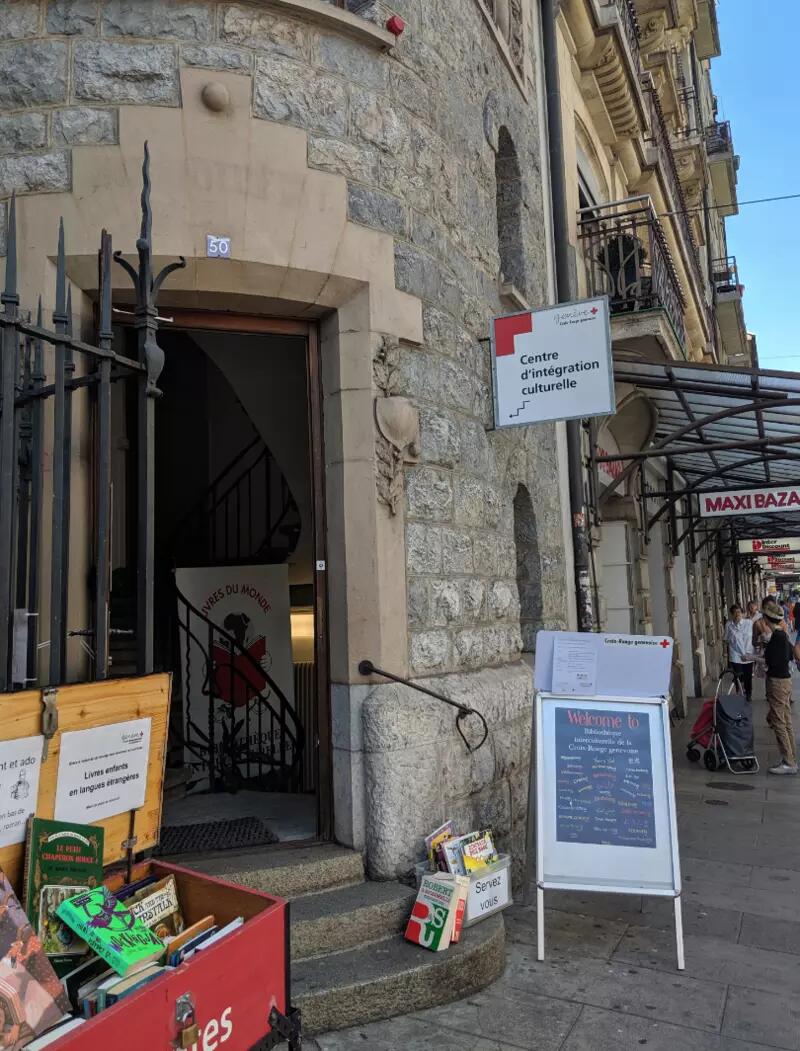By Rushay Naik
When you think of how peace is constructed, what do you imagine? Negotiations, written treaties, large conferences — these are the tools by which centuries of conflict have been framed and ‘solved’ in the vision of interstate co-operation. But tools need skilled hands to be useful, and a workspace where they can be operated.
In isolating our discourse to the tools of peacemaking, have we neglected to analyze the spaces and people by which ‘peace’ is physically made? What if I told you that this ‘machinery’ comes in the form of a city? What if its buildings and workers were an urban ‘factory’, inputting the material of conflict, and in its synthesis, outputting the product of peace?


In a world of conflict, Geneva is a place that arises prominently as the centre of institutions developing peace. In international law, it is the place at which the rules of war and humanitarian acts were codified in its namesake Conventions. In politics, it remains the heart of key security institutions and monitoring organizations, continually evaluating the state of peace around the world. The city is steeped in the history of interstate war, and it remains invested in analyzing the contemporary conditions of global conflict today.
But I believe Geneva is not just a place to be imagined — it is a city first, populated by a built form in support of its economy and residents. So, if the function of Geneva is to build global peace, does that mean its urban form serves as the ‘infrastructure’ of peace?
If this all feels somewhat surreal, that’s because it is — and that’s how I felt when the thought first crossed my mind. I remember walking on campus, just a week after my final exam for my International Law class, still thinking about the Geneva Conventions I had learned about.
As my thoughts diverted to the tasks I had yet to complete for my ongoing project on global infrastructure as a Fellow with U of T’s School of Cities, a silly joke became the foundation of the final year of my undergraduate career. “What if, like, Geneva was this, infrastructure of peace?” I chuckled to myself for a second, and then the proverbial gears began to spin. I was on to something, and before the thought passed, I briskly walked to the nearest desk, pulled out my laptop, and typed out a summary of my flourishing idea, including the second paragraph of the post you’re reading now. I remembered applications for PCJ scholarships, including the William Beattie Fund for Undergraduate Research, were closing that week, and sent an email to my now supervisor, Professor Marieme Lo, with my idea. By the end of the week, I had submitted my proposal.
It was while I was in Mongolia conducting research with the Munk School’s Reach Project in May that the email came through. I had received the award, had to travel to Geneva by the end of the summer to complete the fieldwork, and enrol in a full-year PCJ499 independent study course for my fourth year. My summer suddenly became packed, and I was nervous. But jumping in was the best choice I made, and I haven’t looked back since.
In the weeks I was in Geneva, I engaged with two methodologies: visual mapping, which involved taking pictures and mapping my observations of key peacemaking spaces in the city to understand their spatial interactions, and institutional ethnography, which focuses on the founding documents of peacemaking institutions in the city, and how their roles have shifted as armed conflict has become increasingly complex, civil, and asymmetric in nature. These tensions and transitions drive my research, because their implications inform the kind of peace these systems produce. While the fieldwork has already revealed the foundations of the peacemaking milieu in the city, I am now focused on interpreting major peacemaking events within this framework. Analyzing the 2017 Syrian peace talks in Geneva, the most recent of these, will inform how the ‘infrastructure’ has shaped the post-conflict events in Syria, and manifest the historiographies of these two nation-states in urban tensions.
From my informational interviews with professors and experts in Geneva, to travelling to the city and visiting its Alpine environs, the experience of having full creative and academic licence was incredible, and I’m grateful to PCJ and its scholarships for the opportunity. To me, my independent research is not only personally liberating, but an opportunity to critically question the theories, ideologies, and power structures shaping how our global political systems work today. To imagine a more equitable, nuanced, and diverse peacemaking system requires the courage to believe that a better future is possible. With every day that I write, it builds.
